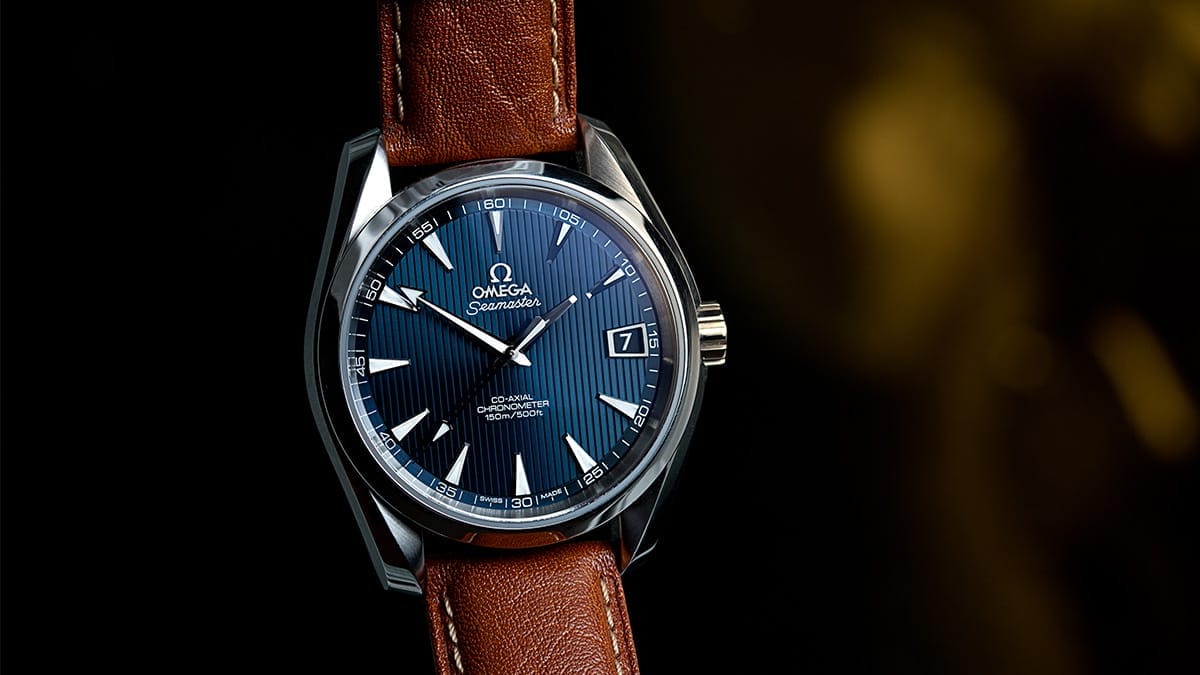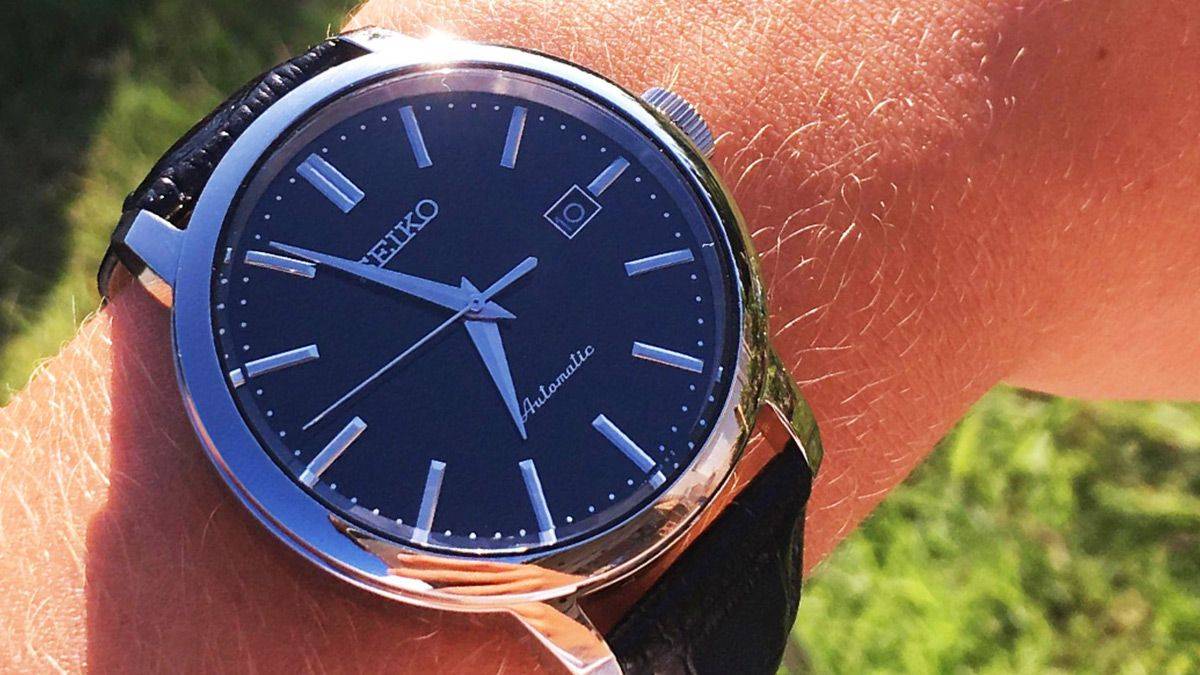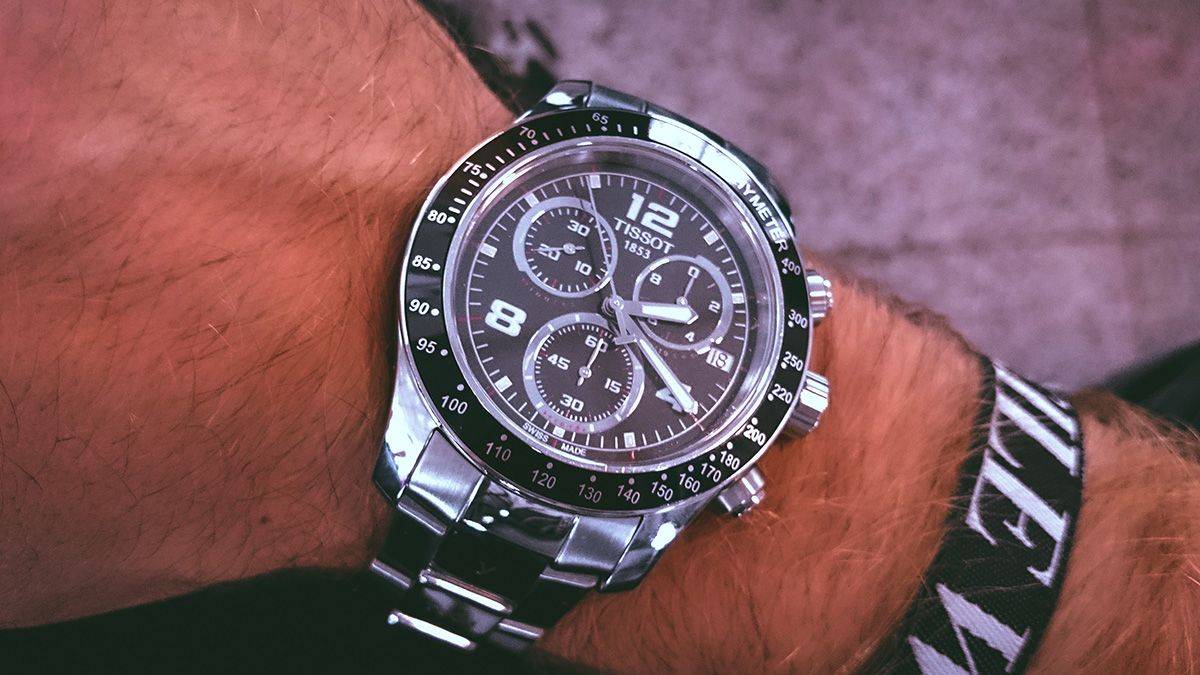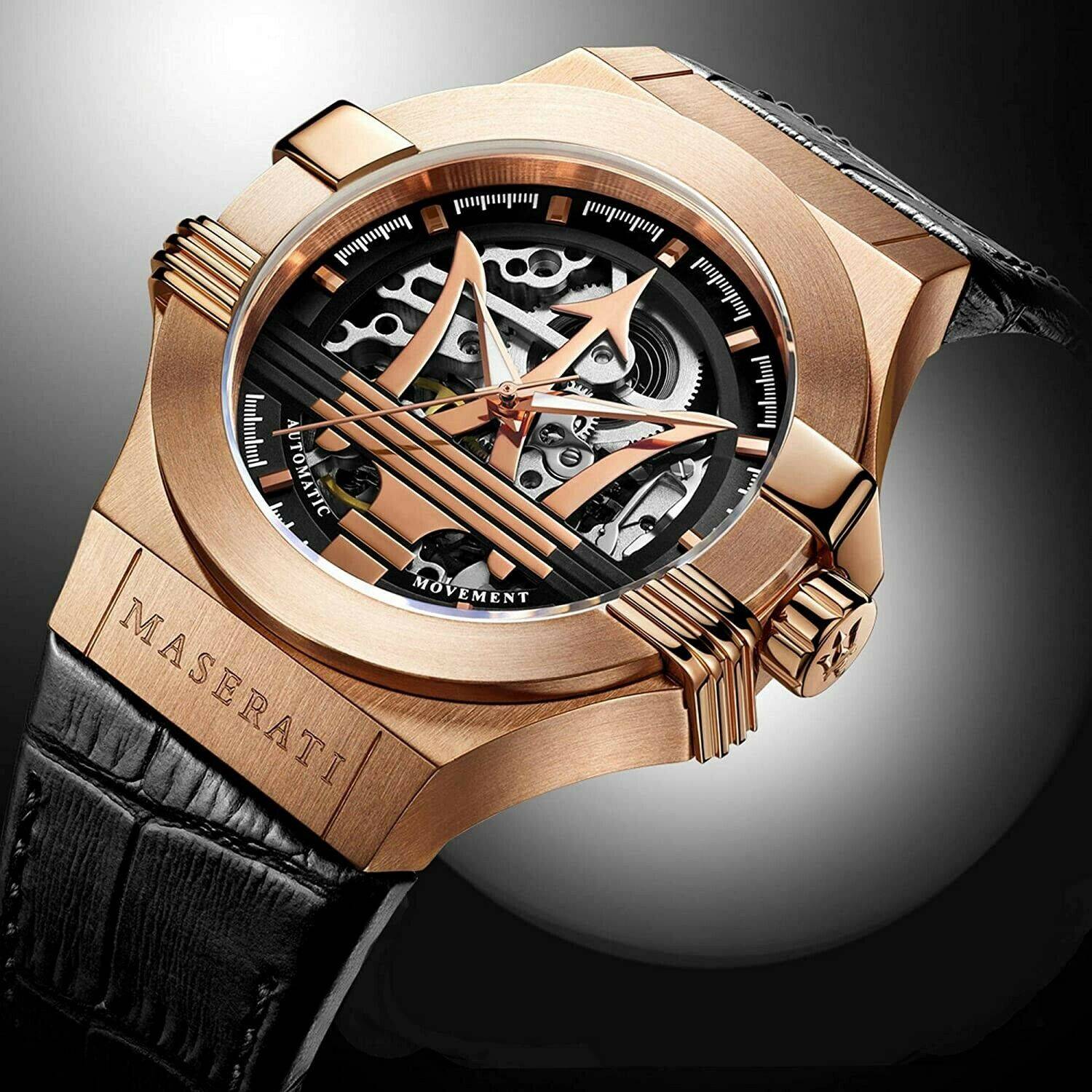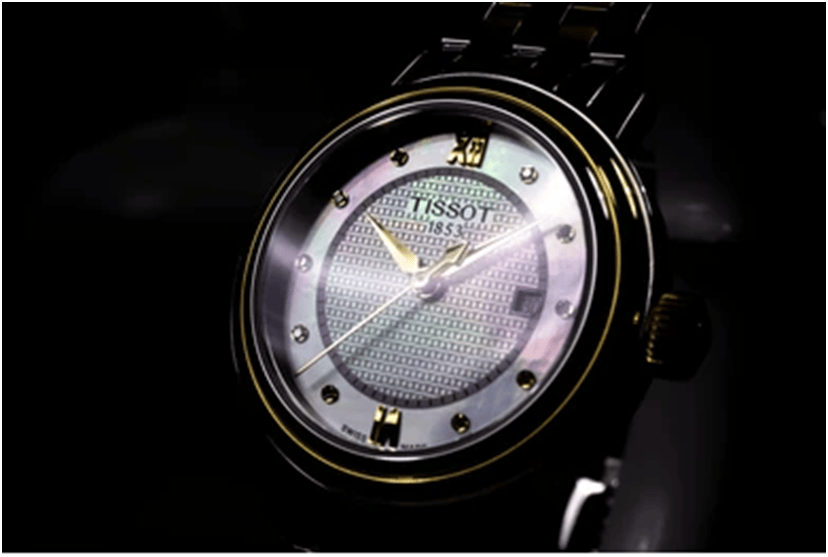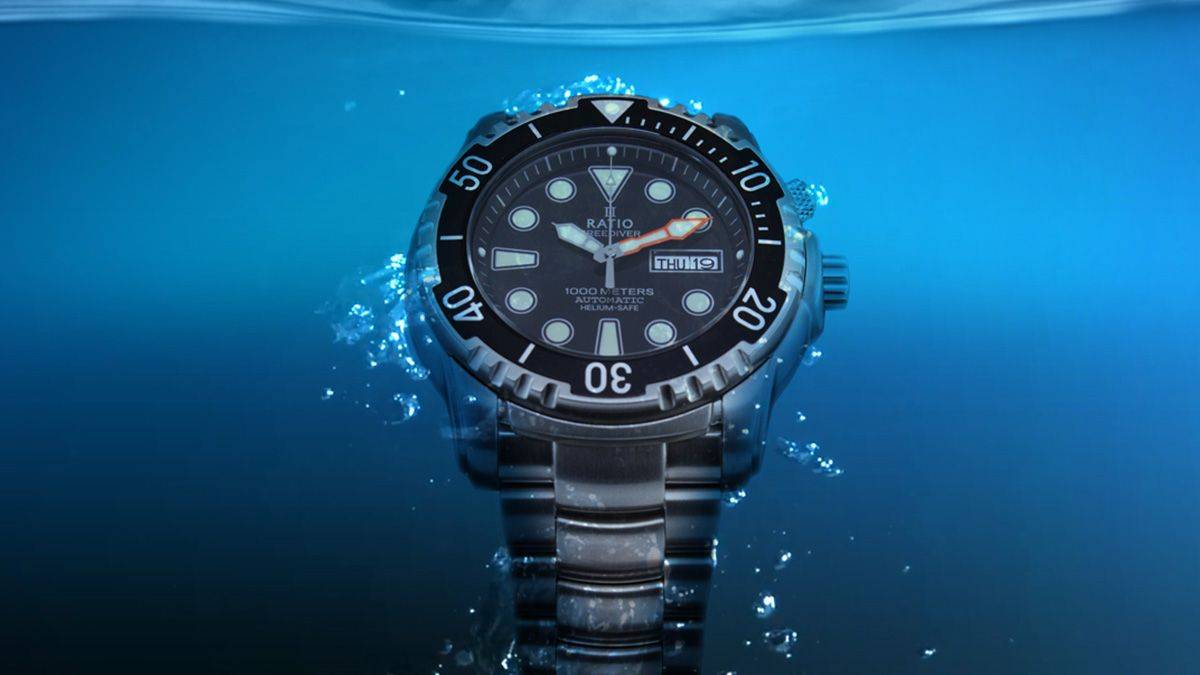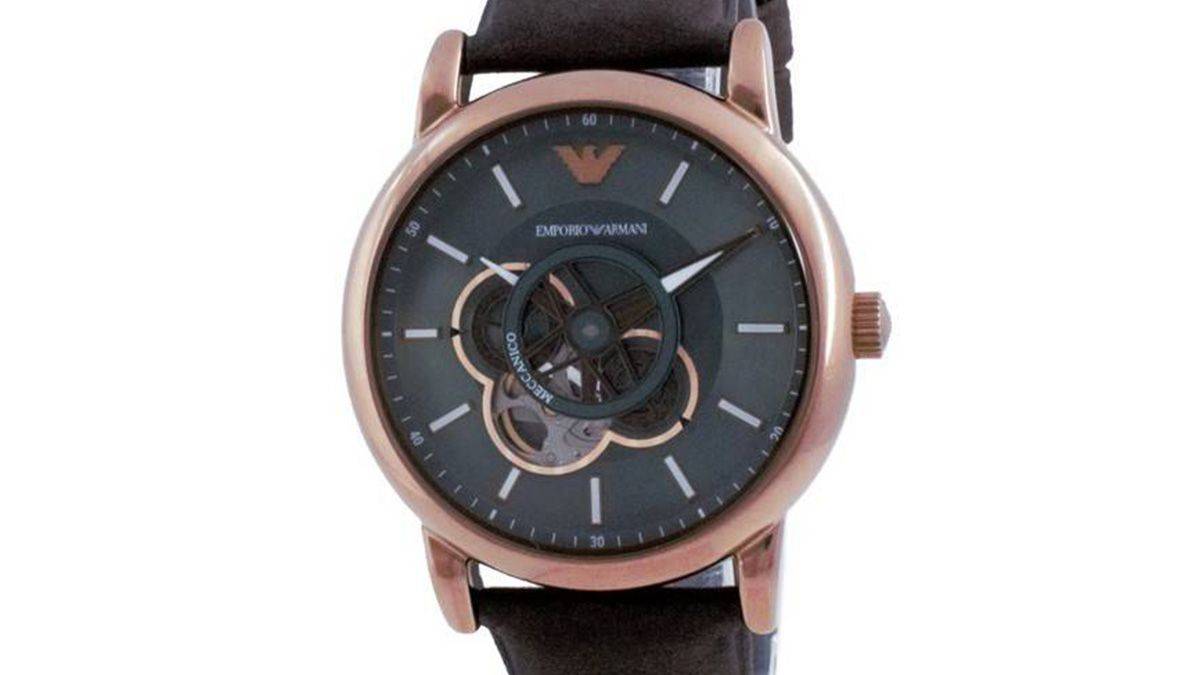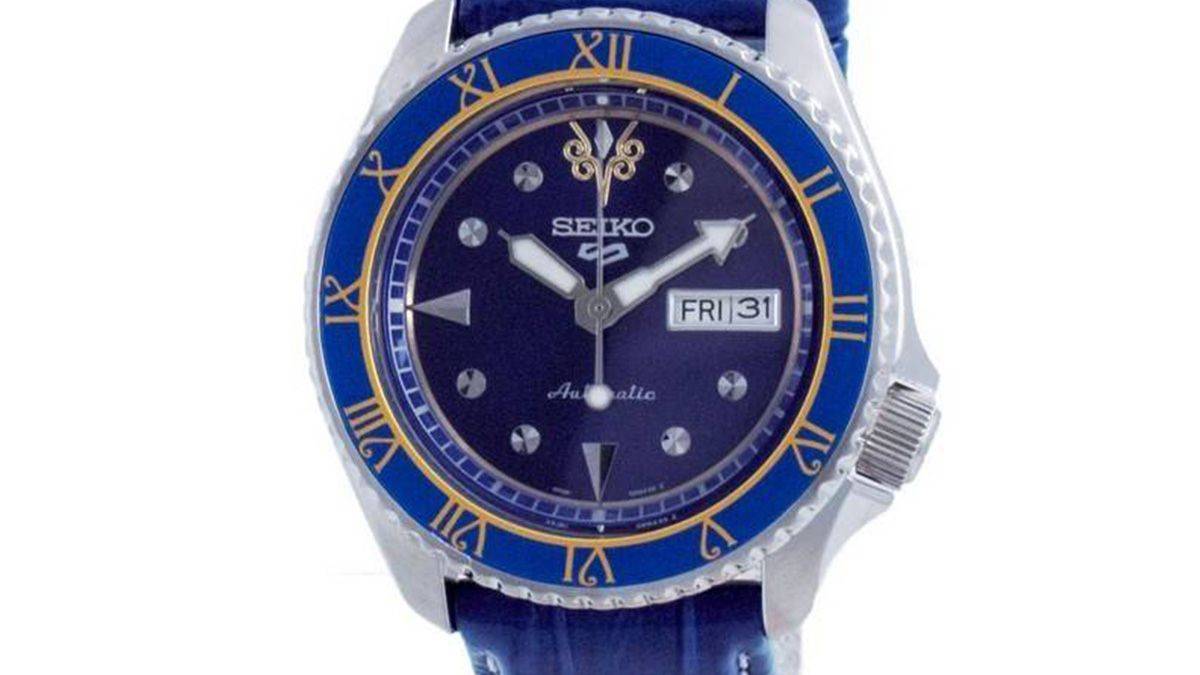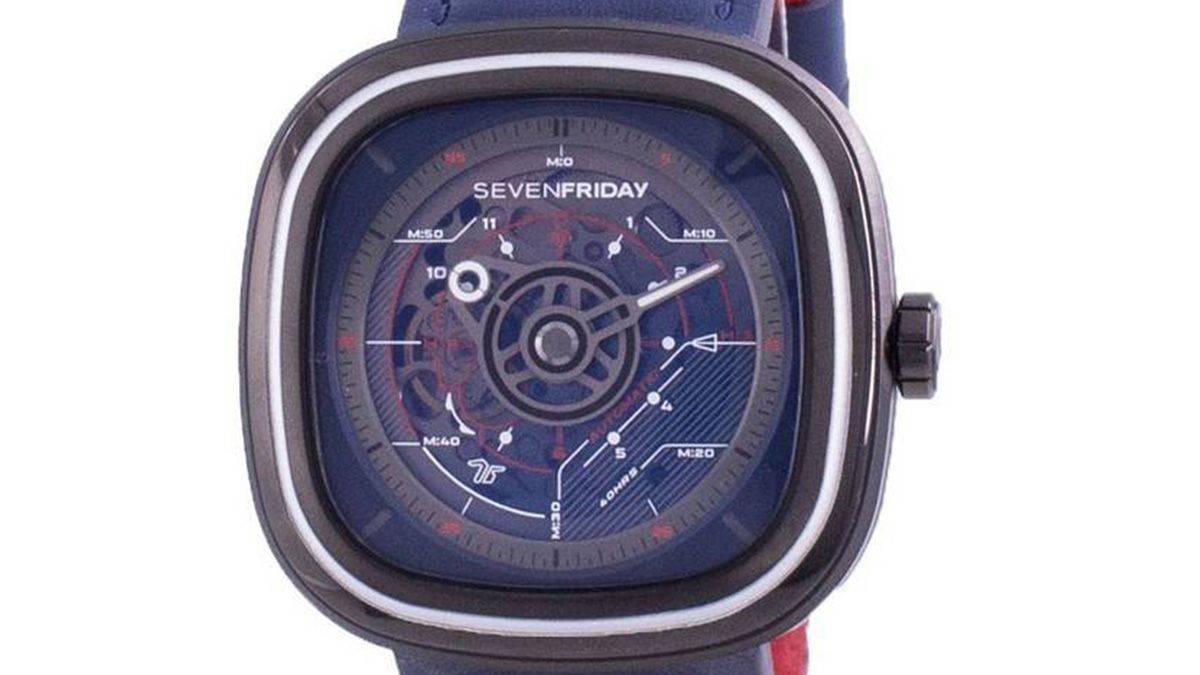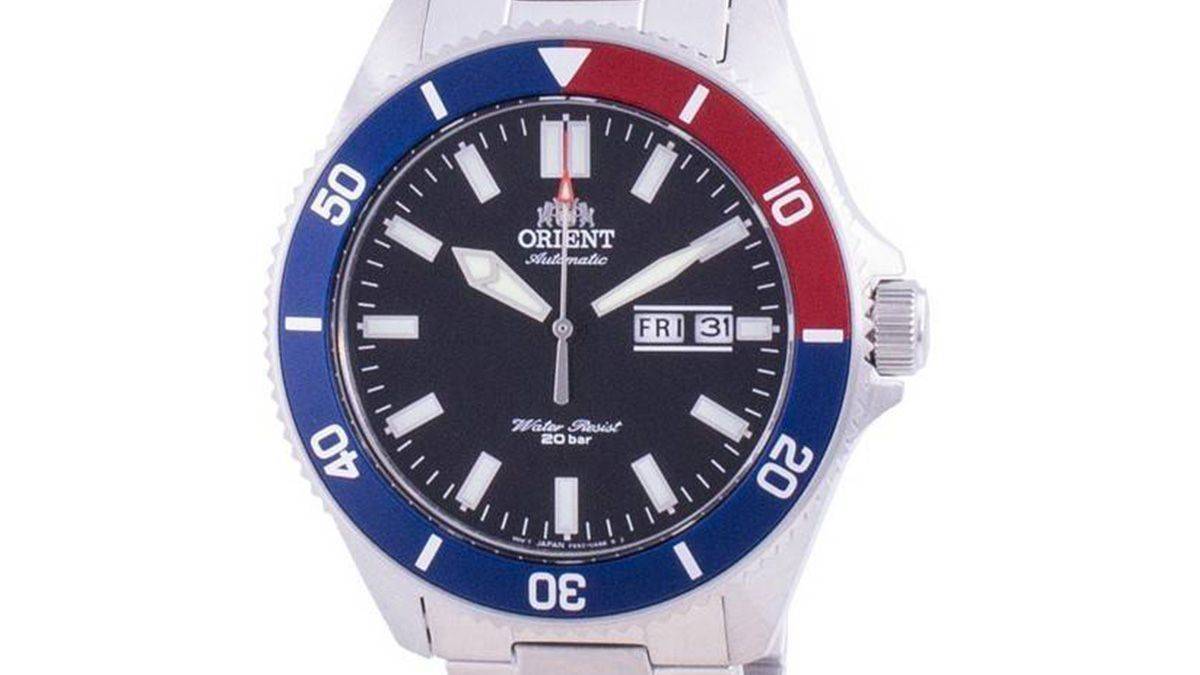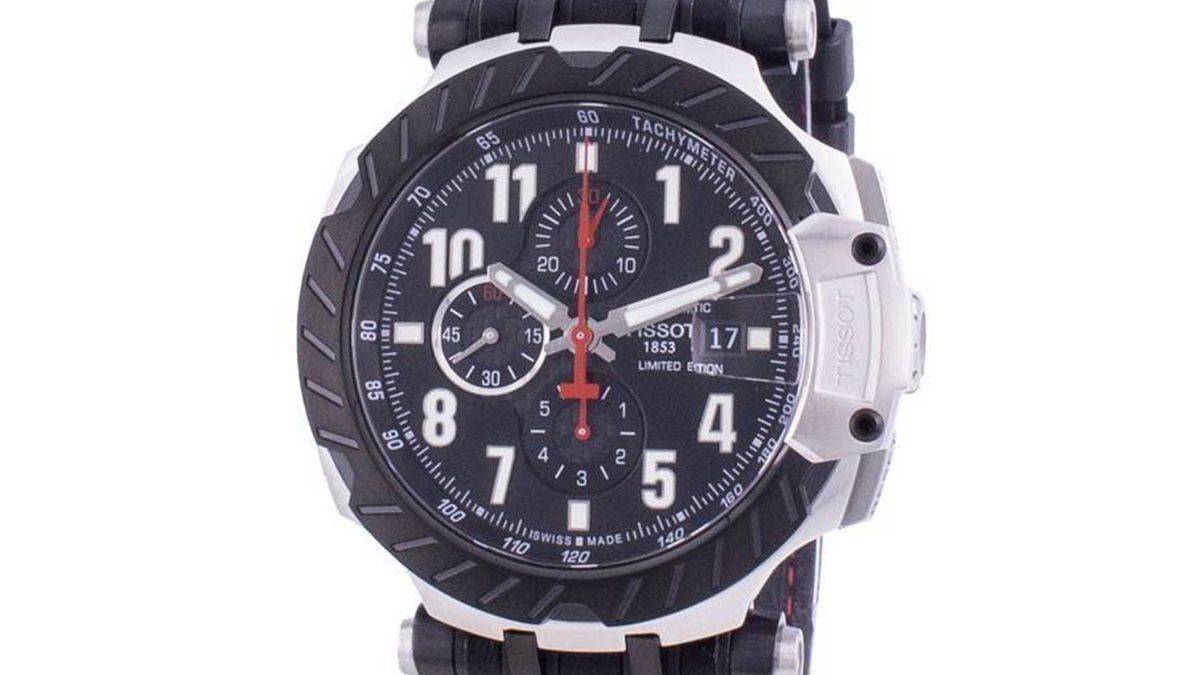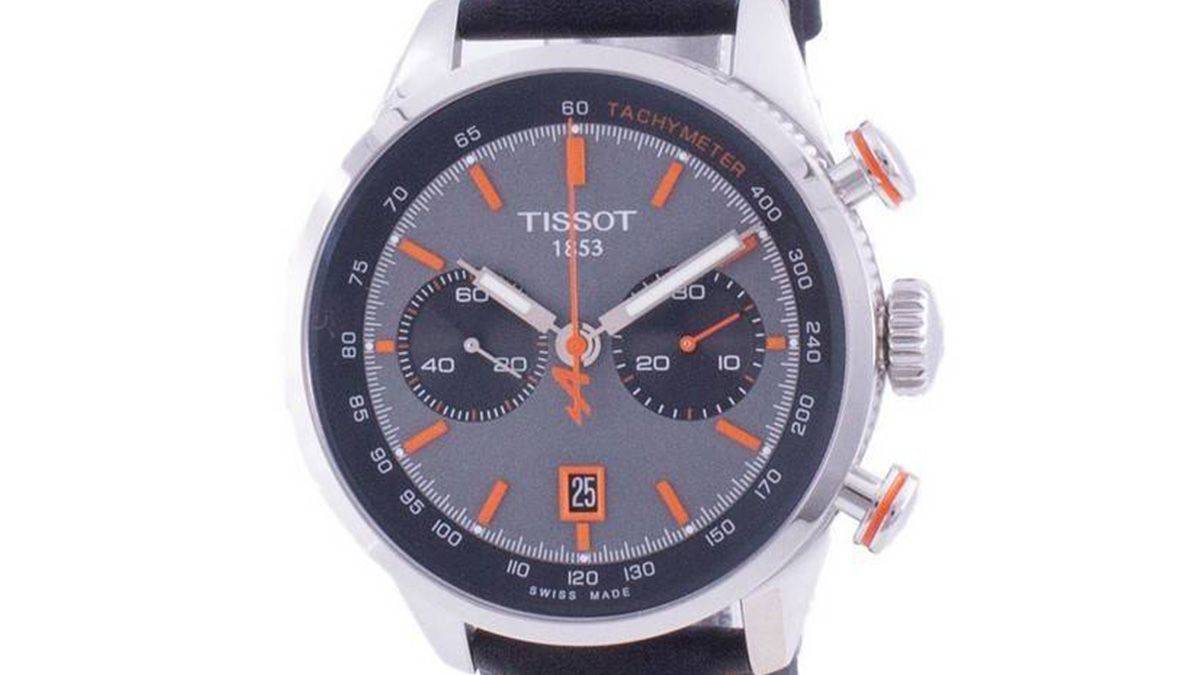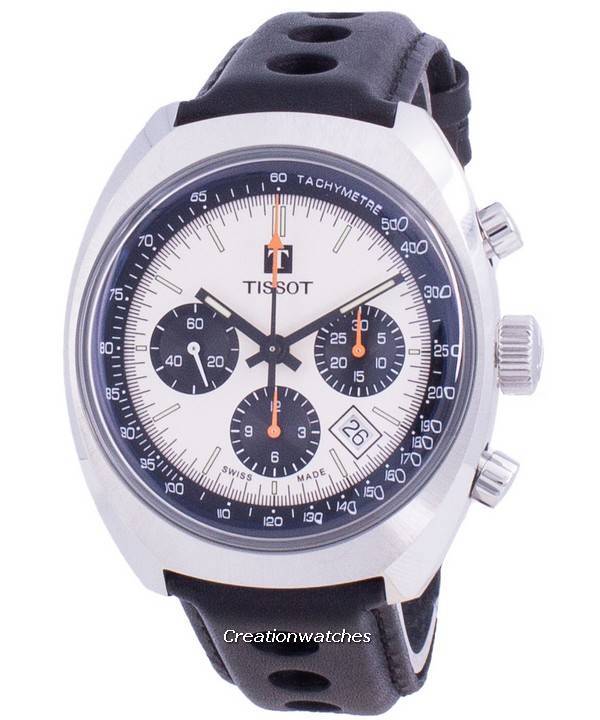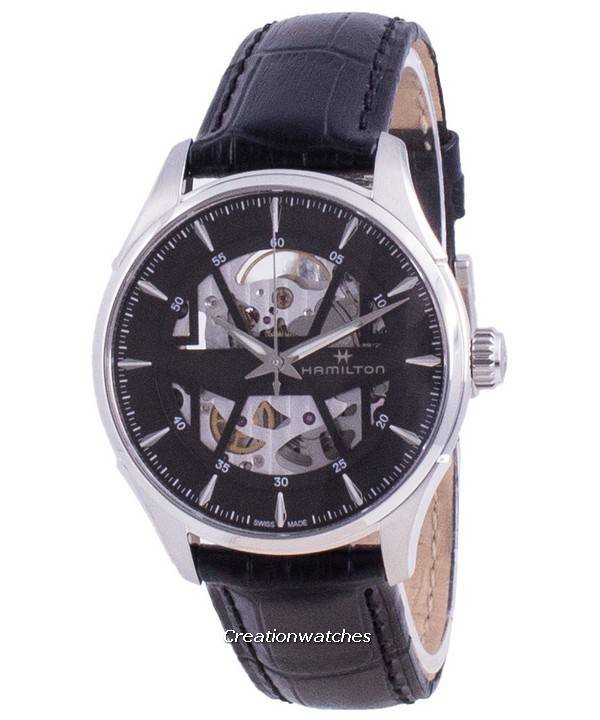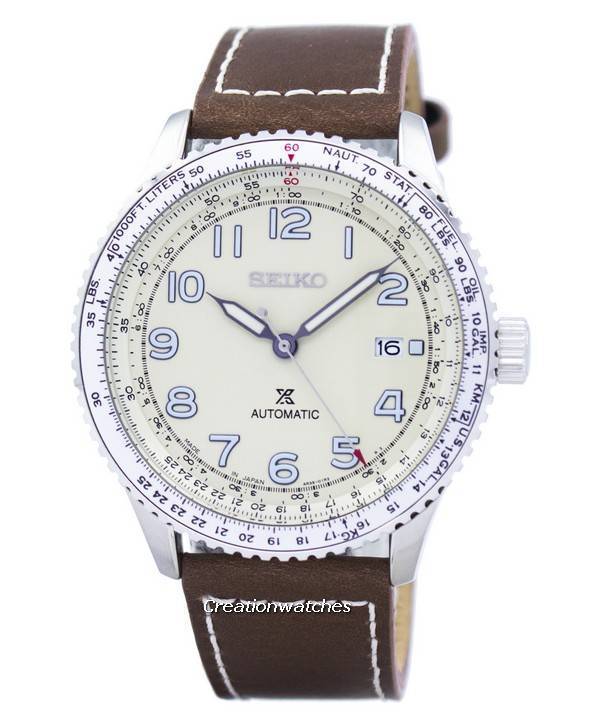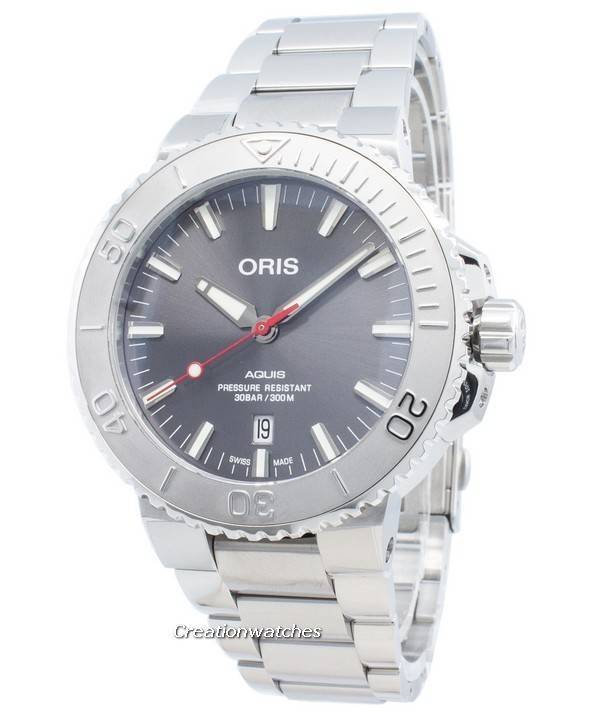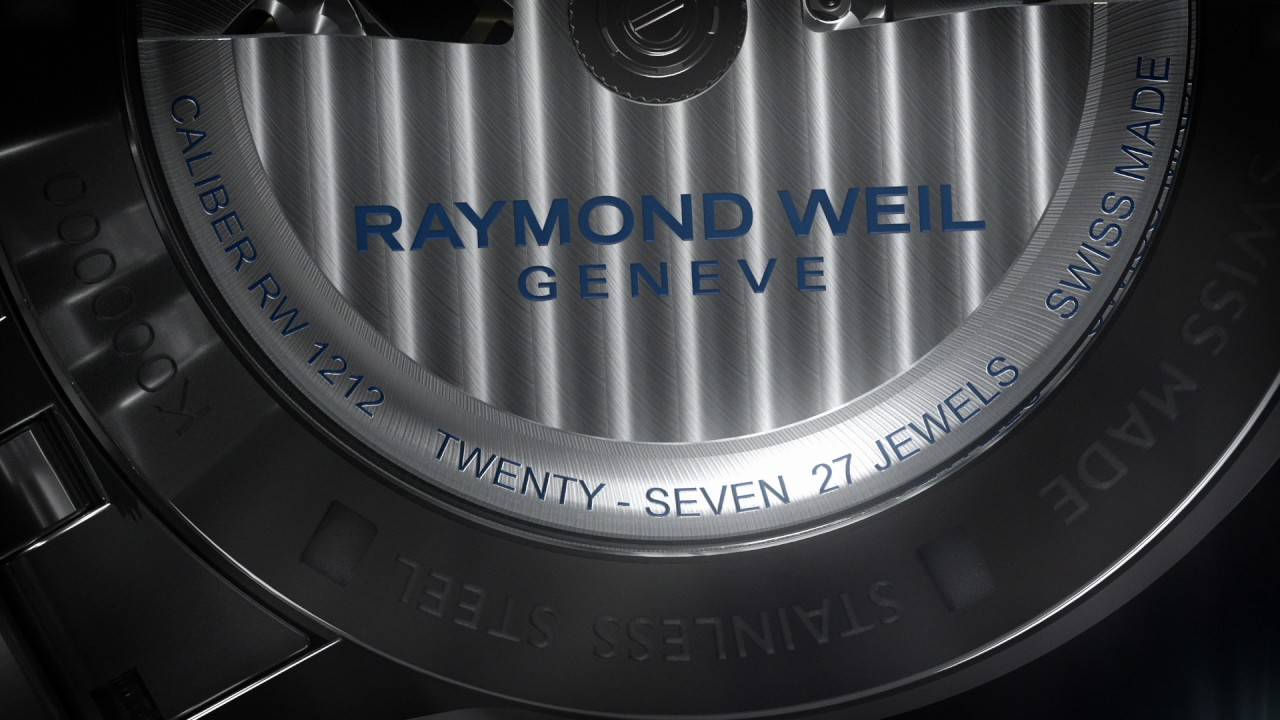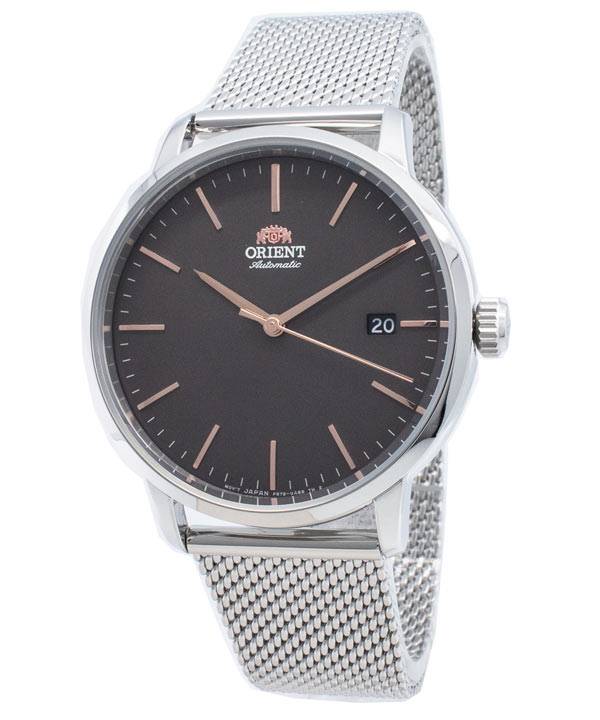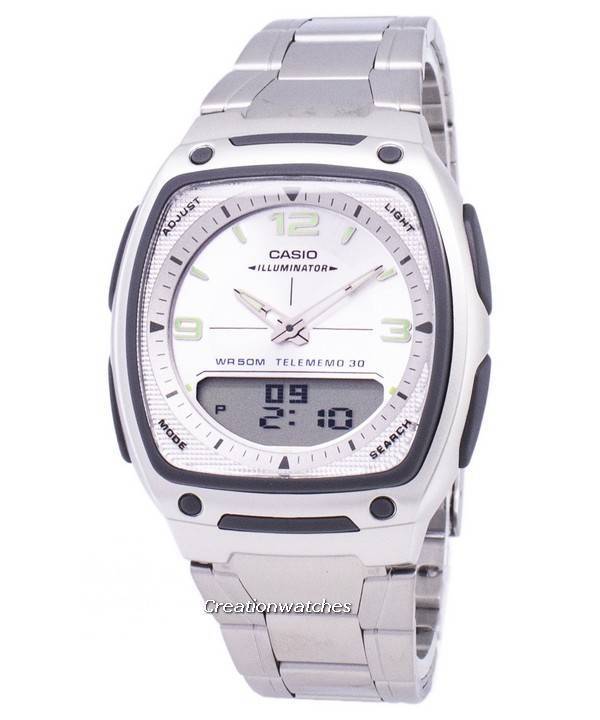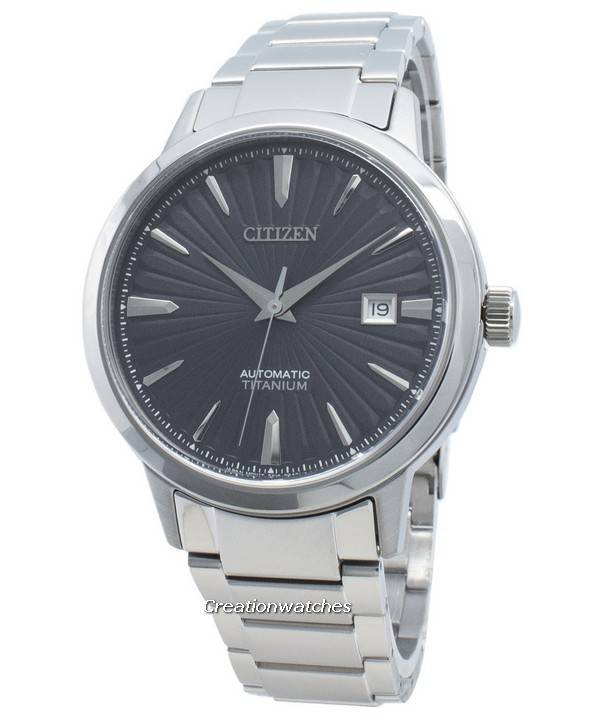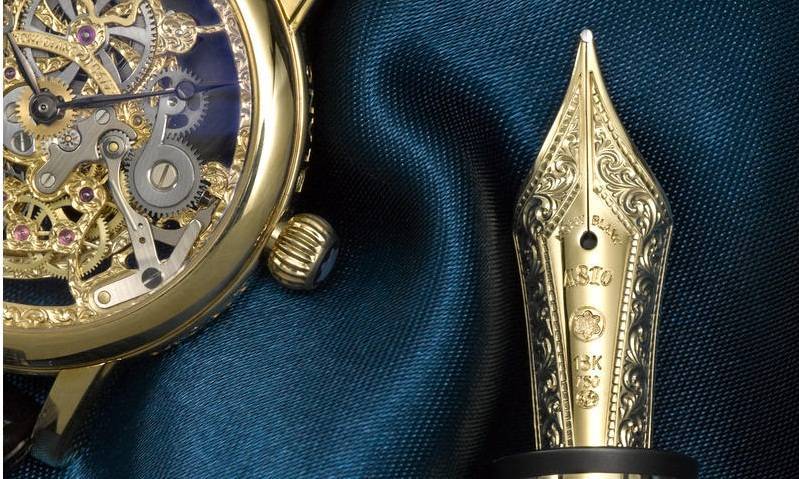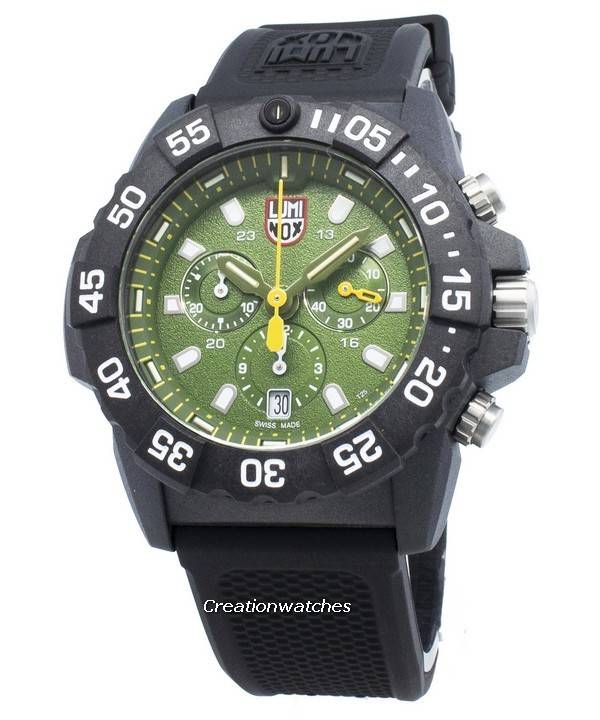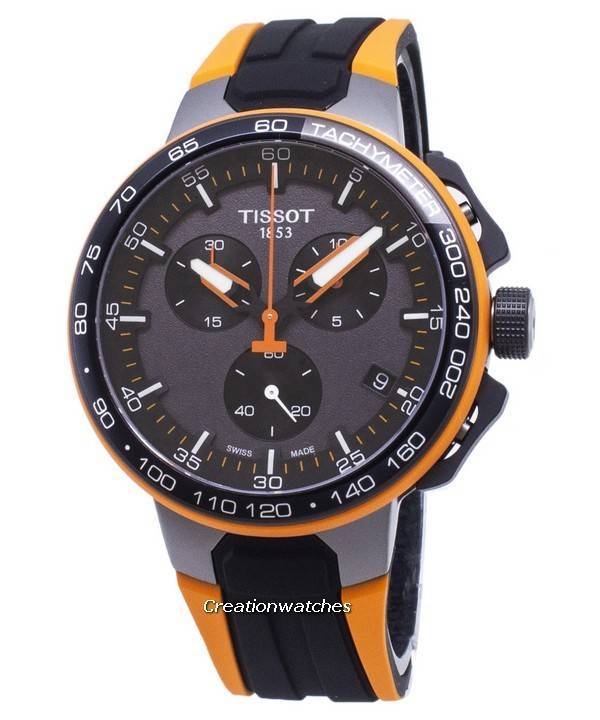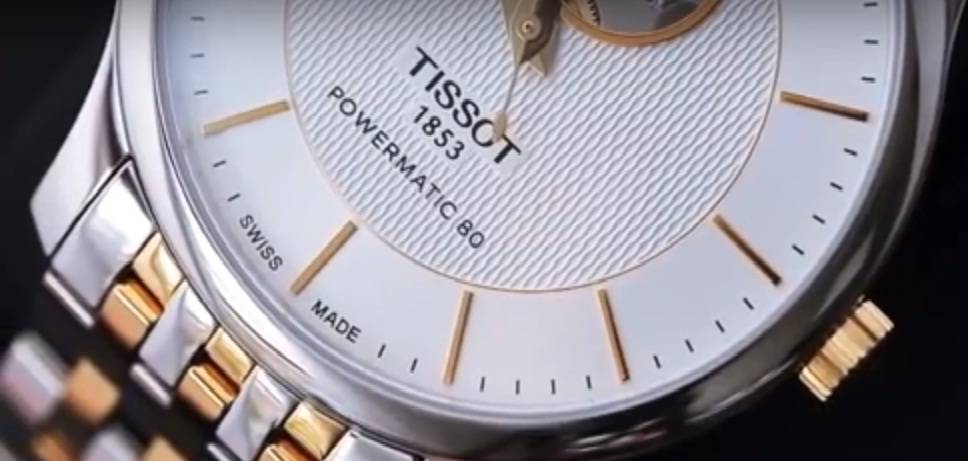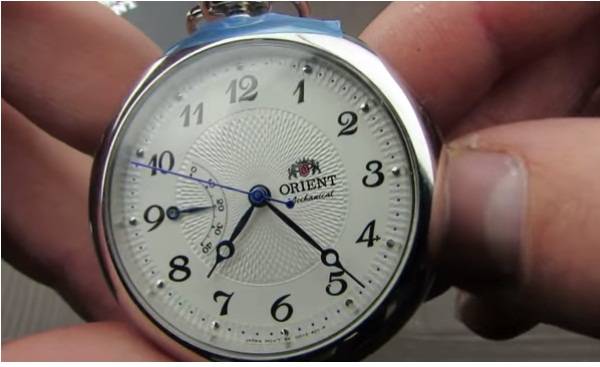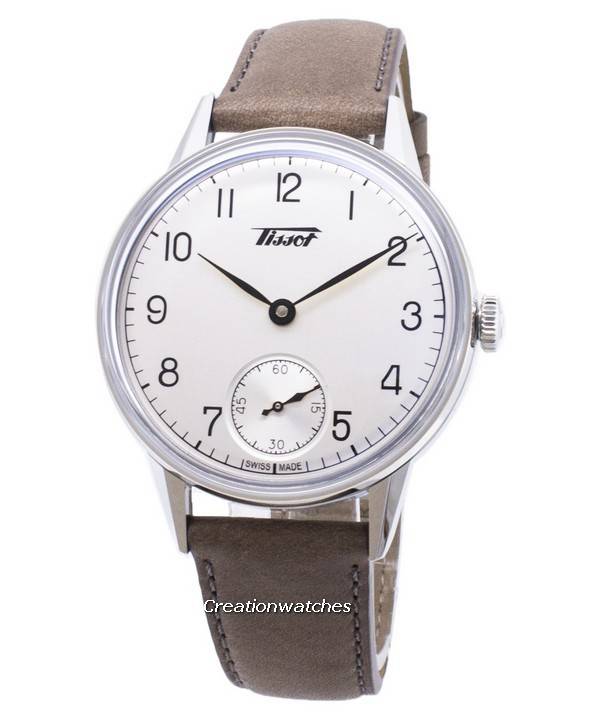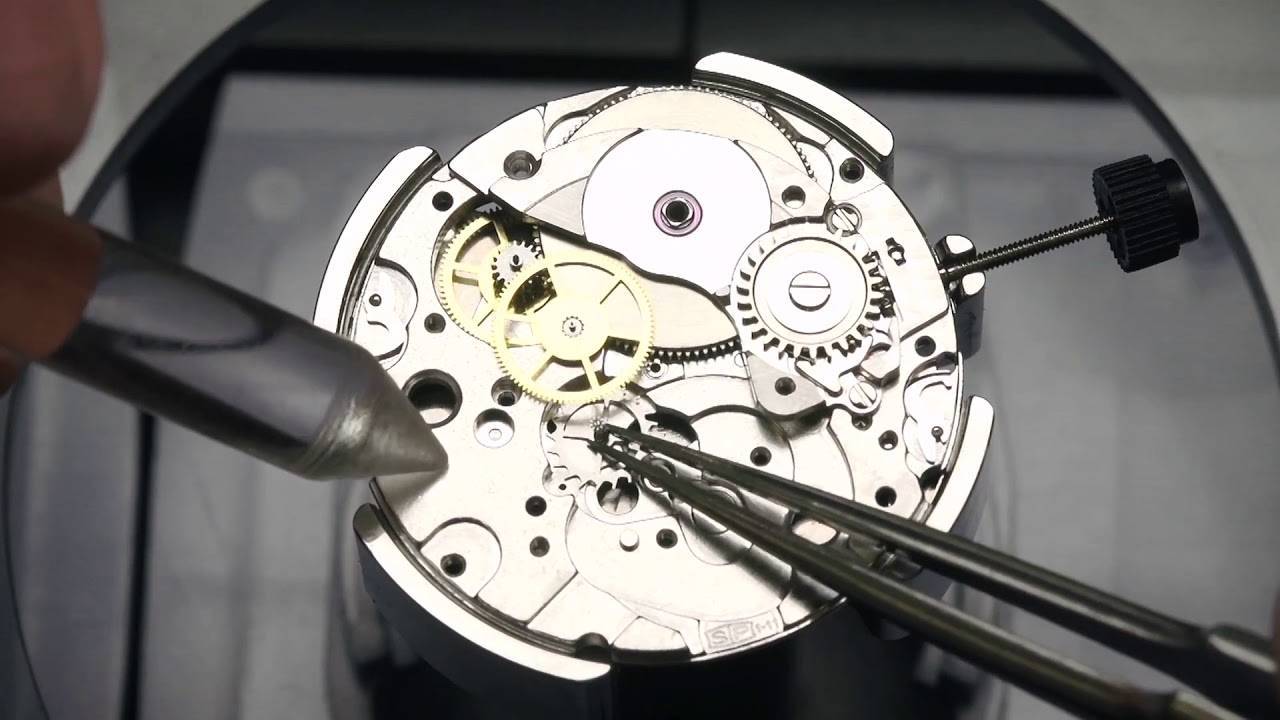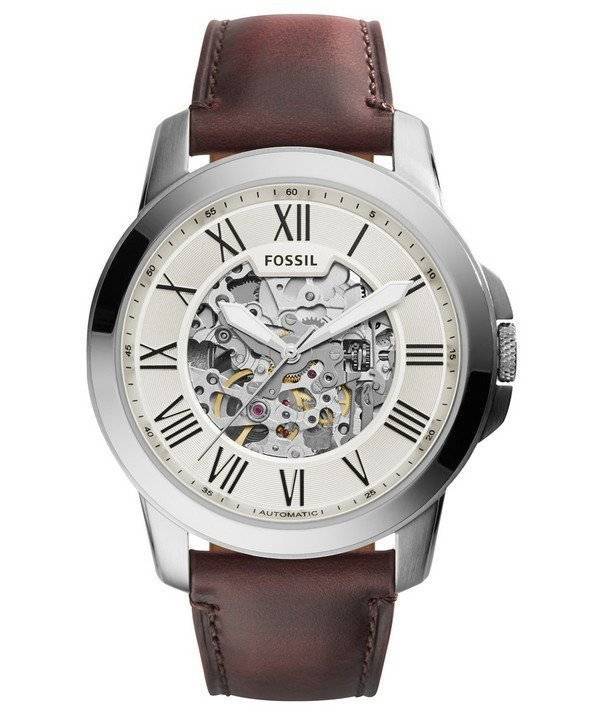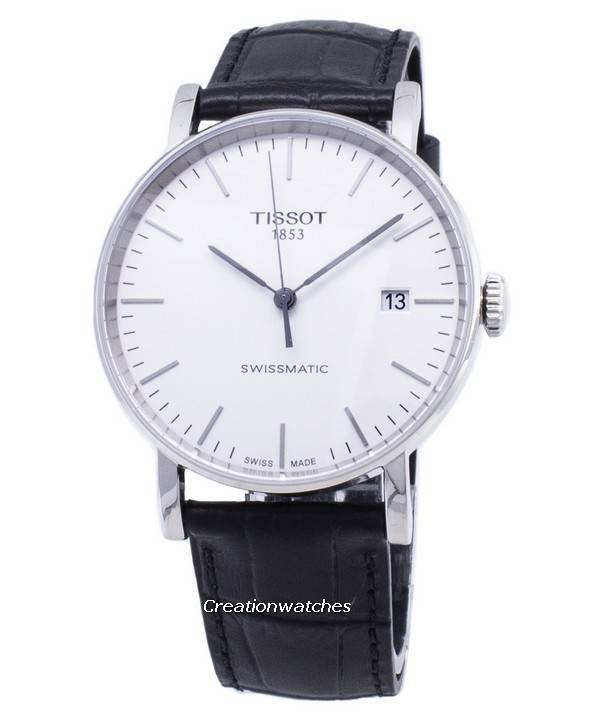
- February 28, 2020
- Watch Gonzo
- 0
The Swissmatic – if truth be told – is brilliantly simple; very clever and very ergonomic. With many of its parts assembled back-to-front – if a traditional, watch-making term is used – it works just wonderfully!
 Pre-tech talk:
It’s great that Swissmatic opened up many an interesting possibility for the brand Tissot and answered some of the very important questions from the mechanical automatic admirers’ community. Still, those into die-hard traditional watch-making felt slightly worried and some among them got plain upset. Even the end clients felt a thing or two about the Swissmatic; specifically, its amplitude or in plain words, the bph. Although this is a group comprising a large chunk that wants their watches to keep just good time, they were all the more happy to get something that’s going to run well over the long term.
Future possibilities:
Movements, prior to the robotized period in watch making, should have been designed like this. It’s an integrated movement, created in one of the best ways, preserving externally the same view as the insides. The systems here are inverted, rendering its assembly much simpler and to a significant level.
The regulation of the Swissmatic is pretty good if you consider its integrity, so much that it comes down to be a very rudimentary, very admirable system. A system like this could be applied to more refined ones; it can incorporate additional complications with just matters of gearing. A perpetual or an annual calendar could highly be built into it on this principle; or maybe a chronograph!
Pre-tech talk:
It’s great that Swissmatic opened up many an interesting possibility for the brand Tissot and answered some of the very important questions from the mechanical automatic admirers’ community. Still, those into die-hard traditional watch-making felt slightly worried and some among them got plain upset. Even the end clients felt a thing or two about the Swissmatic; specifically, its amplitude or in plain words, the bph. Although this is a group comprising a large chunk that wants their watches to keep just good time, they were all the more happy to get something that’s going to run well over the long term.
Future possibilities:
Movements, prior to the robotized period in watch making, should have been designed like this. It’s an integrated movement, created in one of the best ways, preserving externally the same view as the insides. The systems here are inverted, rendering its assembly much simpler and to a significant level.
The regulation of the Swissmatic is pretty good if you consider its integrity, so much that it comes down to be a very rudimentary, very admirable system. A system like this could be applied to more refined ones; it can incorporate additional complications with just matters of gearing. A perpetual or an annual calendar could highly be built into it on this principle; or maybe a chronograph!
 Digging-in deep:
Digging-in deep:
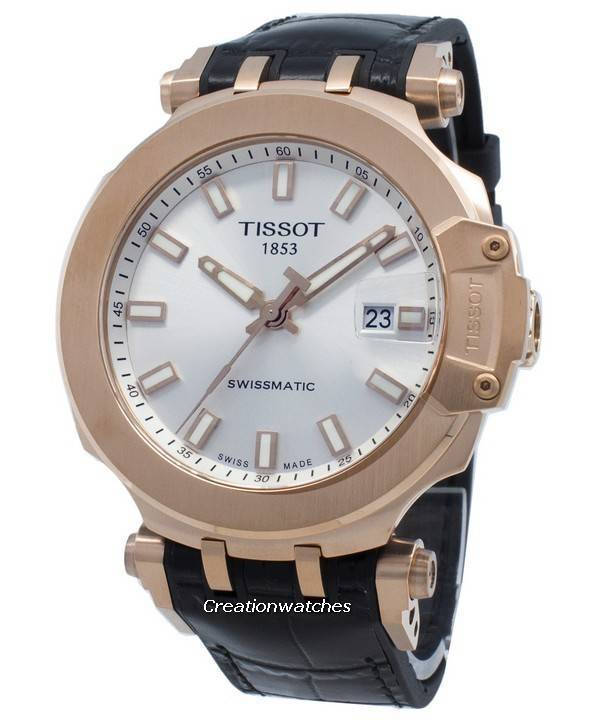 Pre-tech talk:
It’s great that Swissmatic opened up many an interesting possibility for the brand Tissot and answered some of the very important questions from the mechanical automatic admirers’ community. Still, those into die-hard traditional watch-making felt slightly worried and some among them got plain upset. Even the end clients felt a thing or two about the Swissmatic; specifically, its amplitude or in plain words, the bph. Although this is a group comprising a large chunk that wants their watches to keep just good time, they were all the more happy to get something that’s going to run well over the long term.
Future possibilities:
Movements, prior to the robotized period in watch making, should have been designed like this. It’s an integrated movement, created in one of the best ways, preserving externally the same view as the insides. The systems here are inverted, rendering its assembly much simpler and to a significant level.
The regulation of the Swissmatic is pretty good if you consider its integrity, so much that it comes down to be a very rudimentary, very admirable system. A system like this could be applied to more refined ones; it can incorporate additional complications with just matters of gearing. A perpetual or an annual calendar could highly be built into it on this principle; or maybe a chronograph!
Pre-tech talk:
It’s great that Swissmatic opened up many an interesting possibility for the brand Tissot and answered some of the very important questions from the mechanical automatic admirers’ community. Still, those into die-hard traditional watch-making felt slightly worried and some among them got plain upset. Even the end clients felt a thing or two about the Swissmatic; specifically, its amplitude or in plain words, the bph. Although this is a group comprising a large chunk that wants their watches to keep just good time, they were all the more happy to get something that’s going to run well over the long term.
Future possibilities:
Movements, prior to the robotized period in watch making, should have been designed like this. It’s an integrated movement, created in one of the best ways, preserving externally the same view as the insides. The systems here are inverted, rendering its assembly much simpler and to a significant level.
The regulation of the Swissmatic is pretty good if you consider its integrity, so much that it comes down to be a very rudimentary, very admirable system. A system like this could be applied to more refined ones; it can incorporate additional complications with just matters of gearing. A perpetual or an annual calendar could highly be built into it on this principle; or maybe a chronograph!
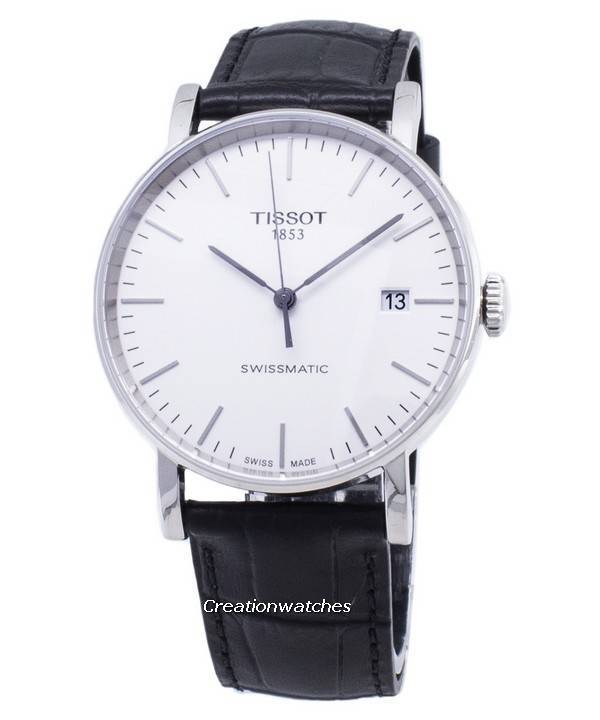 Digging-in deep:
Digging-in deep:
- Those who know about the Sistem 51 will immediately find the massive similarity of a Swissmatic movement when laid bare; the dial-train bridge exposed. It’s clearly a direct influence; however, the gears got – in fact – no screws! The bridges are pretty slim, with three small feet upon which they are soldered.
- In any other movement, you could disengage the pawl from the barrel if you wish to access what lies behind; you also got to remove that balance-cock. With the Swissmatic, you got no way to do that. The balance-cock is a single piece, integral to the pallet bridge and the balance spring stud, soldered to the base-plate; the same way as the pallet itself is to the pallet-wheel and the balance wheel, which is inverted and connected to the same base-plate. The gear-train bridge and the balance bridge are also inseparable.
- The horseshoe-shaped central bridge, removed, exposes the central gear-train (its bridge coming away easily); also the intermediate wheel – a little thicker than the others and mounted upon small feet.
- The rudimentary barrel got its cover working as the connecting gear to the automatic winding system. The barrel wounds this way; technically, a pretty clever move that logically eliminates moving parts until the absolute minimum is achieved; for example, the barrel-axle being a simple pivot hammered into the base-plate. It is one of the most striking things about this movement; others being an inverted architecture and component groupings to lessen mechanical interventions.
- High-tech synthetic plastic has been used to create the pallet fork and the escape wheel but well, the traditional ruby pallets are absent. Adjusting the escapement is laser-work.
- There is no stop-seconds mechanism into the movement.
-
Drop a reply stating your preferred Swissmatic. Or, Swissmatics. We’d also like to know –Why?
Post Views: 99


